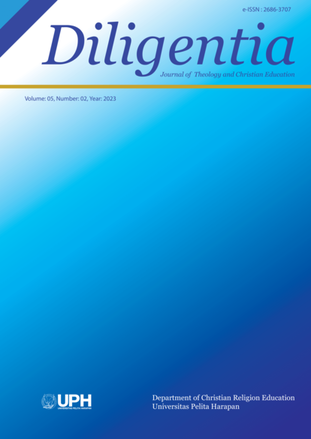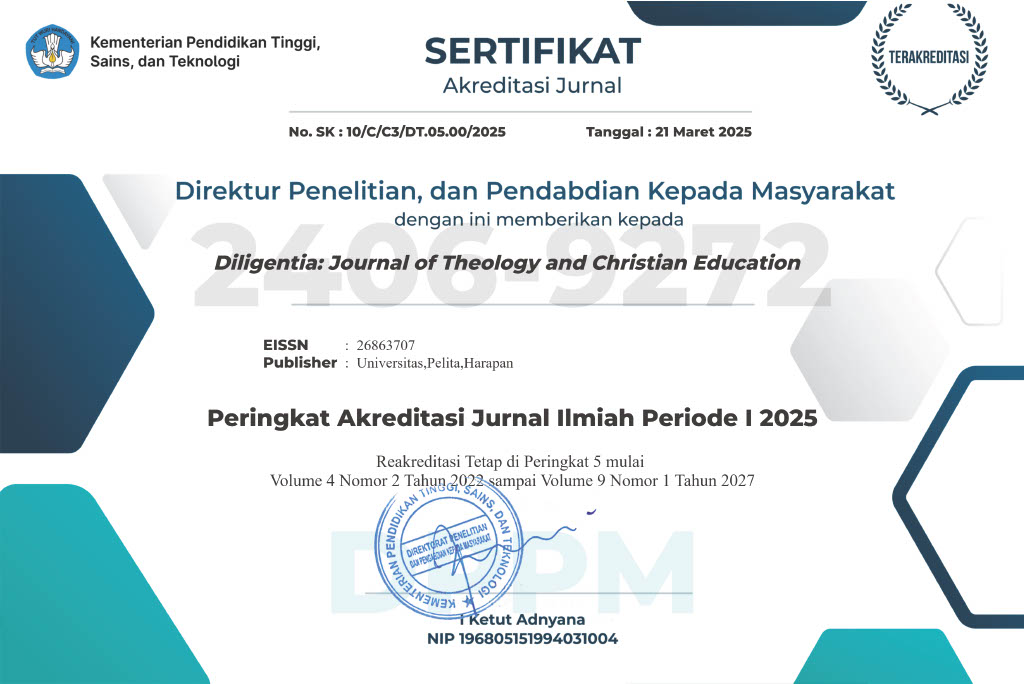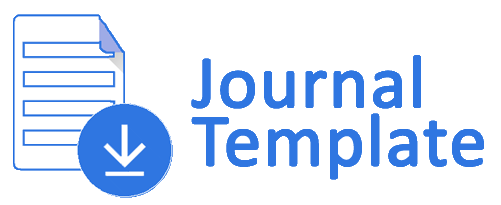Kristologi menurut Injil Yohanes [Christology According to the Gospel of John]
DOI:
https://doi.org/10.19166/dil.v5i2.6967Schlagworte:
Injil Yohanes, Kristologi, Kristus, Allah, manusia, Gospel of John, Christology, ChristAbstract
The understanding of Christology is sometimes vague. Some think that Jesus only has the nature of God and does not have a human nature, while others think that Jesus is an ordinary human being. Therefore, believers must have a correct understanding based on the truth of God's Word. The Gospels testify about Jesus Christ and His ministry. This paper specifically explains Christology from the perspective of the Gospel of John with its uniqueness. The Gospel of John affirms the belief that Jesus is the Messiah and the Son of God (John 20:30-31). John emphasizes that Jesus has a special personal relationship with God that no one else has. In addition to affirming Jesus as the Messiah and the Son of God, John also affirms Jesus' recognition of Himself as the "Son of Man". Therefore, all Christians should believe that Jesus is both true God and true man.
BAHASA INDONESIA ABSTRACT: Pemahaman tentang Kristologi yang dimiliki orang Kristen kadang kala memiliki pemahaman yang kabur. Ada yang menganggap Yesus hanya memiliki natur Allah dan tidak memiliki natur manusia, ada pula yang menganggap Yesus sebagai manusia biasa. Oleh karena itu orang percaya harus memiliki pemahaman yang benar berdasarkan kebenaran Firman Allah. Kitab Injil menuliskan tentang Yesus Kristus dan pelayanan-nya. Tulisan ini khusus menjelaskan Kristologi dari sudut pandang Injil Yohanes dengan keunikannya. Injil Yohanes meneguhkan kepercayaan bahwa Yesus sebagai Mesias dan Anak Allah (Yoh. 20:30-31). Yohanes menekankan bahwa Yesus memiliki hubungan pribadi yang istimewa dengan Allah yang tidak dimiliki oleh siapa pun. Selain menegaskan Yesus sebagai Mesias dan Anak Allah, Yohanes juga menegaskan pengakuan Yesus akan diri-Nya sebagai “Anak Manusia”. Untuk itu, semua orang Kristen harusnya memiliki kepercayaan bahwa Yesus adalah Allah sejati sekaligus manusia sejati.
Literaturhinweise
Beasley-Murray, George R. Word Biblical Commentary John. Waco, TX: Word Books Publisher, 1987.
Guthrie, Donald. Teologi Perjanjian Baru 2 (Misi Kristus, Roh Kudus, Kehidupan Kristen). Jakarta, Indonesia: BPK Gunung Mulia, 2008.
Ladd, George Eldon. Teologi Perjanjian Baru Jilid I Dan II. Bandung, Indonesia: Yayasan Kalam Hidup, 2017.
Manurung, P. “Studi Eksegetis Yohanes 1: 1-18 Sebagai Apologetik Terhadap Kristologi Saksi Yehuwa.” Jurnal Teologi & Pelayanan Kerusso 1, no. 2 (2016): 1-41. https://doi.org/https://doi.org/10.33856/kerusso.v1i2.49.
Morris, Leon. Teologi Perjanjian Baru. Malang, Indonesia: Gandum Mas, 1996.
Simanjuntak, Roy Martin. “Kristologi Dalam Injil Yohanes.” Jurnal Teruna Bhakti 1, no. 2 (2019): 75-85. https://doi.org/10.47131/jtb.v1i2.15.
Stevanus, K. “Bukti Keilahian Yesus Menurut Injil.” Jurnal Teruna Bhakti 2, no. 2 (2020): 82-96. http://stakterunabhakti.ac.id/e-journal/index.php/teruna/article/view/49.
Sukendar, Y. “Perjalanan Iman Wanita Samaria (Yoh 4: 1-42).” SAPA: Jurnal Kateketik Dan Pastoral 4, no. 1 (2019): 14-24. https://doi.org/https://doi.org/10.53544/sapa.v4i1.65.
Third Millennium. "Kitab-Kitab Injil: Injil Menurut Yohanes." https://thirdmill.org/indonesian/TheGospels.Lesson5.Manuscript.Indonesian.pdf.
Tridarmanto, Y. “Yesus Sang Manusia.” Gema Teologi 37, no. 2 (2013): 149-162. http://journaltheo.ukdw.ac.id/index.php/gema/article/view/171.
Downloads
Veröffentlicht
Zitationsvorschlag
Ausgabe
Rubrik
Lizenz
Authors who publish with this journal agree to the following terms:
1) Authors retain copyright and grant the journal right of first publication with the work simultaneously licensed under a Creative Commons Attribution License (CC-BY-SA 4.0) that allows others to share the work with an acknowledgement of the work's authorship and initial publication in this journal.
2) Authors are able to enter into separate, additional contractual arrangements for the non-exclusive distribution of the journal's published version of the work (e.g., post it to an institutional repository or publish it in a book), with an acknowledgement of its initial publication in this journal.
3) Authors are permitted and encouraged to post their work online (e.g., in institutional repositories or on their website). The final published PDF should be used and bibliographic details that credit the publication in this journal should be included














